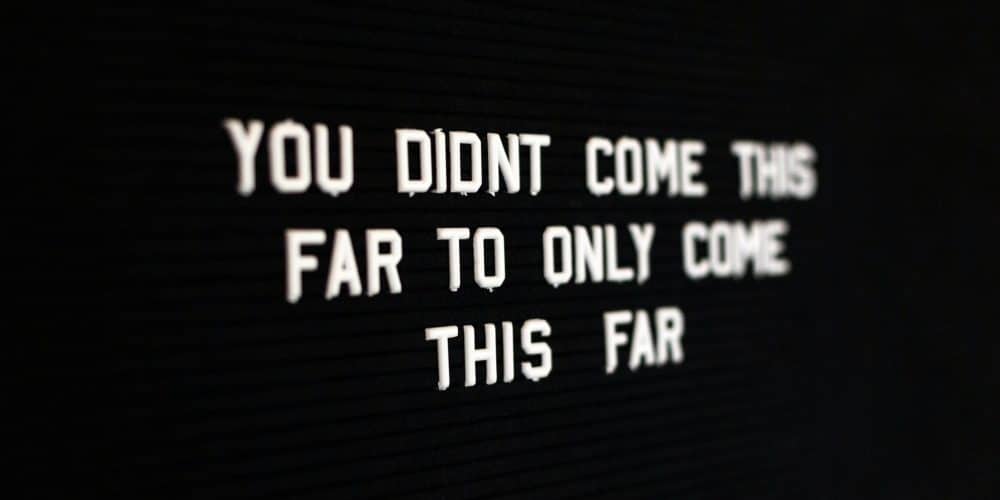 Koki Kato is the director at Madoka Family Clinic, Fukuoka, Japan, and the deputy director at the Academic and Research Centre, Hokkaido Centre for Family Medicine, Hokkaido, Japan. He is on Twitter: @kokikatokk
Koki Kato is the director at Madoka Family Clinic, Fukuoka, Japan, and the deputy director at the Academic and Research Centre, Hokkaido Centre for Family Medicine, Hokkaido, Japan. He is on Twitter: @kokikatokk
Family Medicine is the discipline of uncertainty.1
General practitioners see patients in the early stages of diseases and need to make decisions about further investigations and treatments. As the presenting symptoms evolve a variety of conditions and outcomes are still possible.
In the same way, there is a great deal of uncertainty and change in the education of medical students and early career physicians. What direction will they take? What are their interests? What kind of education have they had? How readily will they learn in practice?
Thus, even if we prepare a well-planned curriculum, it can be highly uncertain what kind of lived experience they will take home.
There is a great deal of uncertainty…. in the education of medical students and early career physicians.
Environmental factors constitute various influences that foster or prevent goal achievement. Behavioural factors encompass learning activities and each experience of feedback.2 For example, when medical students and early career physicians are exhausted due to the busy work in a clinical ward, thinking about differential diagnosis and infusion therapy plans, they will only do what needs to be done. It would be challenging to learn how to see patients from a patient-centred viewpoint in such a situation.3
So how do we plan for GP teaching? We can apply the Inner Consultation Model,4 well known in general practice, to deal with educational uncertainty. First, an “organiser” (left brain) prepares some teaching plans, for example, which components of the Patient-Centered Clinical Method5 are to be taught. Then, the actual topics to be covered are determined by a combination of the trainee’s experience, the cases to be covered on the day, and areas where the trainee has questions or areas where there are some cues of increased cognitive dissonance.6 This process is only possible if we are in concentrated “responder” (right brain) mode, watching and feeling the learner’s responses.
Teaching medical students and early career physicians is challenging because there are educational uncertainty. Applying the Inner Consultation Model to GP teaching would be a practical way to deal with such uncertainty.
References
- Biehn J. Managing uncertainty in family practice. Canadian Medical Association Journal. 1982;126(8):915–917.
- Kaufman D.M. Teaching and Learning in Medical Education. In Swanwick T, Forrest K and O’Brien B.C eds. Understanding Medical Education. Wiley Online Library; 2018:37-69.
- Kato K and Miyachi J. Goal-oriented case presentation for GP trainee education. November 5, 2021. Accessed November 26, 2021. https://bjgplife.com/goal-oriented-case-presentation-for-gp-trainee-education/
- Neighbour R. The Inner Consultation: How to develop an effective and intuitive consulting style. (2nd ed.). London: CRC Press; 2005.
- Stewart M, Brown J, Weston W, McWhinney I, McWilliam C, Freeman T. Patient-Centered Medicine: Transforming the Clinical Method. 3rd edn. London: CRC Press; 2014.
- Neighbour R. The Inner Apprentice: An awareness-centred approach to vocational training for general practice (2nd ed.). London: CRC Press; 2005.
Featured image by Drew Beamer at Unsplash






